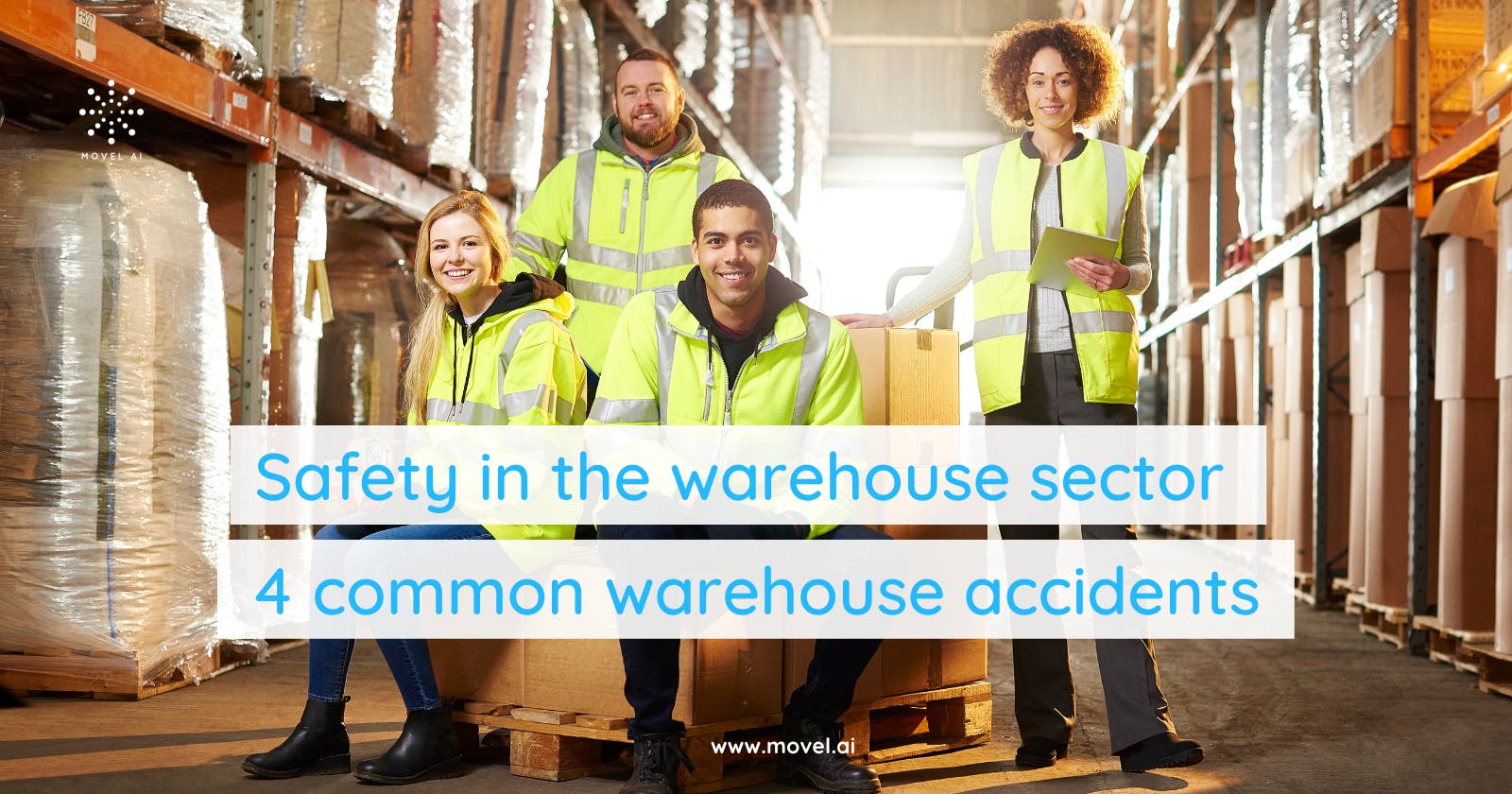A continued rise in the e-commerce sector has a significant impact on the growth of modern warehouses, making retailers continue to add more inventory to improve distribution flow. According to Technavio, the size of the global warehouse and storage market will increase more than USD 326.91 billion during 2020-2024, accelerating at a CAGR of about 7% during the forecast period. Forbes also stated, in the United States, warehouse space demand is marching toward a better future. Buoyed by the acceleration of e-commerce, warehousing today sees more growth opportunities than perhaps ever before, and this is no hyperbole.
However, as growth continues to accelerate, there is another side to the warehouse that needs attention: warehouse safety. Warehouses have the potential to be a dangerous and undesirable work environment. Not only has a bad impact on workers who have accidents, this also has an impact on employers who end up spending more money for material and immaterial losses.
Statistics from various countries shows it all:
United States: The US Bureau of Labor Statistics reported an average of 16 fatalities every year in the US warehousing and storage sector and a reported injury and illness rate of 5 out of every 100 warehouse and storage workers.
Great Britain: 16 fatal injuries occurred in 2021/2022, an increase of 5 from the previous year total, with a five year average for fatal injuries 14 cases.
Australia: the government reported warehouse workers were among the highest fatalities at work in 2021. 52 deaths were reported in the transport, postal, and warehousing sector.
Singapore: In 1H 2022, the transportation & storage industry recorded 29 major injuries, following the other top two; the construction (84 injuries) and manufacturing (60 injuries) industry.
Keep in mind, every industry has a warehouse to store its goods. This means that the warehousing sector is not limited to the logistics industry, for example in the health industry, if you have an operational warehouse for the production and distribution of medical products, then you have the opportunity to experience the same thing. Warehouse accidents are something every industry needs to pay attention to.
Common Warehouse Accidents
#1 Falling from high racks or storage areas For loads placed on higher racks or storage areas, workers often have to climb a ladder to retrieve some boxes/products. This condition is very unsafe, because there is always the possibility that the worker will fall.
**#2 Slips and trips ** Some goods may not be properly handled when the warehouse is very packed, let's say because it cannot accommodate enough goods. Consequently, some loads end up on the floor, or on shelves that are positioned unevenly. It creates multiple possibilities of either the load falling or even workers tripping /falling.
**#3 Overexertion injuries due to improper lifting techniques ** Another common warehouse accident is overexertion, and this has bad long-term effects. Besides causing workers to skip work, overexertion injuries make workers hesitant to work in warehouses.
**#4 Work fatigue ** Workers in high traffic warehouses are often forced to work in back-to-back and overnight shifts with short breaks. Not to mention, workers need to lift heavy loads or walk for miles around warehouses each day, requiring a great deal of physical energy. These monotonous tasks result in boredom and burnout, making the warehouse sector an uninteresting place to work.
Improve warehouse safety with automation
The problem with warehouse safety, however, is that it is often overlooked. In fact, it is clear that warehouse accidents are one of the main factors causing the labour shortage in the sector. Although quite good, a proper ergonomics or safety training is not enough. Companies need to provide solutions that support warehouse safety.
The trick to reduce warehouse accidents and improve warehouse safety is to invest in automation. Companies can start to invest in warehouse robots such as autonomous mobile robots (AMR), automated guided vehicles (AGV), forklift robots, or pick and place robots. Technavio stated that the global warehouse industry is witnessing the rising demand for warehouse automation.
Seirios: Supporting robotic manufacturers to supply warehouse robots
Robot manufacturers can certainly take advantage of this, the need for warehouse automation is a growing demand. This means that the need for warehouse robots will also be increasingly needed, and Seirios is here to speed up robot development.
Seirios is a fast-to-deploy robotic software that can be integrated with different payloads. With its simple user interface (UI) design, everyone can operate their robots easily. Robots can be deployed within five days, depending on the speed and stability of the internet connection. Helping companies to save time and money.
Seirios comes with a fleet management system (Seirios FMS), a full-service fleet management system, designed to manage multiple robots as a fleet, in various environments. Seirios FMS makes robots aware of each other in the environment, making fleet managers need not to worry about robot collisions. Using Seirios FMS, robotic engineers can easily manage multiple robots, delegate tasks based on robots proximity and availability via one single platform.
Click here for a FREE 30-day no-obligation trial to see how your robot deployment can be easier!

